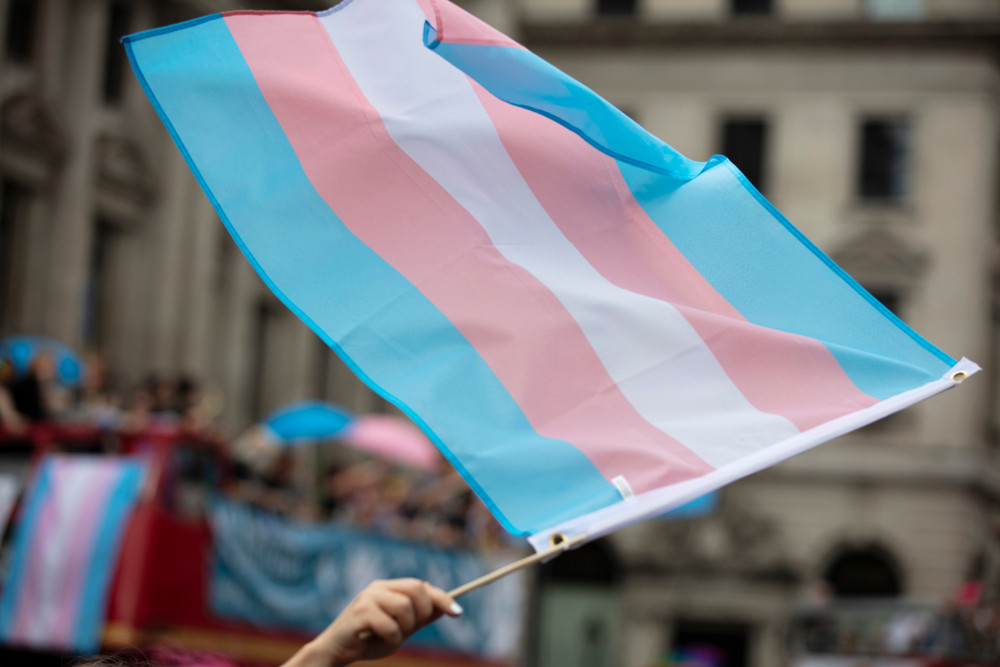Popular Reads
Top Results
Can't find what you're looking for?
View all search resultsPopular Reads
Top Results
Can't find what you're looking for?
View all search resultsMira and transgender representation in cinema
The death of Mira, a trans woman who was burned alive, has highlighted a deep issue with the representation of transgender people in Indonesia. For many years, transgender people have been portrayed as sad jokes by the mainstream media, mainly in cinema and television.
Change text size
Gift Premium Articles
to Anyone
T
he death of Mira, a trans woman who was burned to death, has shocked many. It's even more infuriating to know that the perpetrators were not sentenced for murder due to the lack of mens rea. This was a highly controversial assertion made by law enforcement, and it contradicted what local neighbors said they had witnessed.
Transgender people have often been portrayed as sad jokes by the mainstream media, mainly in cinema and television. Beti Bencong Slebor (Beti the Messy Transvestite) from the late 1970s gave us an image of what was supposedly the transgender community that lasted for decades. The image was sustained through the 1980s, when trans characters were written for supporting/cameo roles, solely for comedic effect. There was never any depth to these characters, and viewers continued to perceive the transgender community superficially. In the early 2000s, Aming became famous for playing cross-dressing roles in the television show Extravaganza. Although the program depicted gender diversity, the problem remained the same: transgender roles were written purely for gags.
In the early 2010s, emerging Indonesian filmmakers started to change that notion. With his first feature film, Lucky Kuswandi directed Madame X (2010), penned by Nia Dinata under her production house, which had released critically acclaimed films such as The Gathering! (2003) and Love for Share (2006). In the movie, Lucky narrates how a trans woman named Adam (Aming) transforms into a superhero to protect society from a manipulative and oppressive government. It's a comedy, but it also provides profundity for the character. Adam's struggles as a transgender person are depicted through the day-to-day discrimination he encounters, including name-calling, dating situations and sexual assault. Madame X allows people to laugh and have an open discussion. Although it was produced with low quality visual effects, the film was praised for bringing such an important premise to the silver screen.
In 2011, Teddy Soeriaatmadja's Lovely Man portrayed a transgender person working as a prostitute in Jakarta. It showcases gender as a spectrum, where a man who used to identify as a straight man changed his identity to a trans woman. The film leaves a lasting impression and reminds us that things might be more than what they seem. Both Madame X and Lovely Man are widely considered to be fair representations of the transgender community.
More recent films like Bid'ah Cinta (2016) and Eyelashes (2017) manage to show transgender representation in a broader context, such as how the Muslim community perceives transgender people. But there is hardly anyone like Nia Dinata, who continues to urge inclusivity. She worked as a producer of Working Girls (2011), in which Ulfie, a trans woman living in Jakarta, tries to reveal her new gender to her family in Aceh. Anggun Pradesha's documentary Emak dari Jambi (2015), made through a project initiated by Nia, shows a mother living in Jambi coming to Jakarta to meet her son who is now a she. Nia's latest project, Gossip Girl Indonesia (2020), may not specifically tackle the same issues, but she cast two trans women portraying cisgender characters. They might be minor roles, but it is still something important.
Nia's approach to ensuring inclusivity in movies has created a healthy discourse around the transgender community in the film industry – why they are not given enough roles, for example. No matter how great an actor can act, authenticity and realness can never be replaced. In Hollywood, filmmakers like Ryan Murphy have created shows like Pose, which juxtaposes glamor in the late 1980s and the AIDS epidemic. The show does not hold back when it portrays violence and discrimination against the transgender community. It concerns events of three decades ago, yet it's still relevant.
Filmmakers have the privilege to create that impact. The absence of transgender representation in television due to the government's ban on explicit queer-related visuals perpetuates unhealthy discussion. The lack of exposure only ignites intolerance. A recent attempt from the Cameo Project is short documentary Perempuan Tanpa Vagina (Woman without a Vagina), produced under the YouTube Creators For Change. It is available to stream for free. But the industry still sorely lacks great films portraying the wide range of the transgender community, while existing films are not often available on popular streaming services such as Netflix, Viu and GoPLay.
Mira's case needs to be addressed fairly, but for the long haul, we need to start thinking about what films we should showcase. It is difficult to expect a big change in television, but streaming services are also obligated to spark a healthy discussion among young audiences. Ensuring the representation of the transgender community could have an impact for years to come. (wng)











